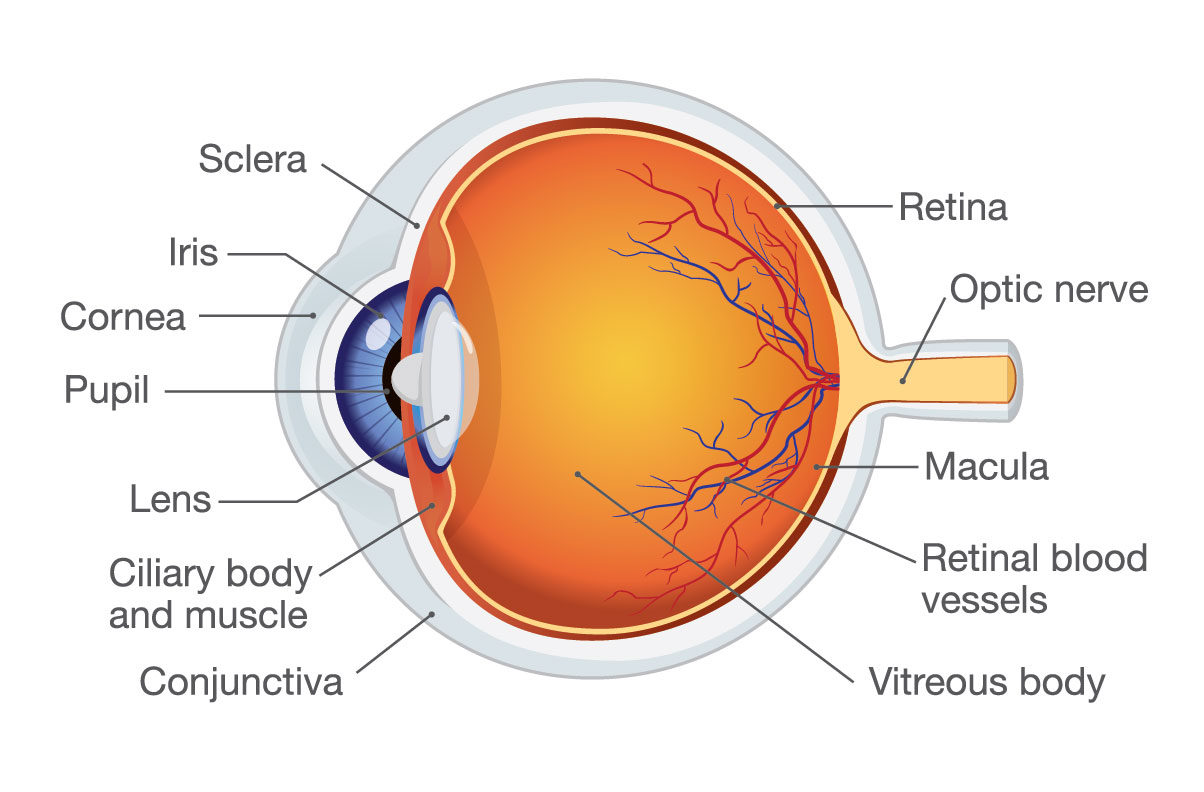Placement of a scleral buckle is a surgical approach to correct a detached retina, a potentially blinding condition in which fluid gets under the retina and lifts it away from the back of the eye. This surgery typically takes place in an operating room, using either local or general anesthesia. Today, with modern techniques, scleral buckles are much less commonly used than they were 20 years ago, but in some circumstances, they are very effective as a stand alone surgery or in combination with a vitrectomy.
During a buckle procedure, your retina surgeon will place a small silicone band or sponge around the sclera, the outside part of your eyeball. The band is sewn to the sclera and is not visible after surgery. The scleral buckle helps to correct the retinal detachment by pressing the eye wall inward, keeping the separated areas together and allowing the retina to reattach to the eye’s interior wall. It is typically left on the eye permanently.
What to Expect
Scleral buckle surgery is usually performed as an outpatient procedure, meaning you go home the same day. Your retina surgeon will determine whether to give you local or general anesthesia depending on your specific case. In addition, eye drops will be applied to dilate your pupils.
A superficial incision is then made to open the conjunctiva to expose the sclera, and your Texas Retina Associates surgeon will place the scleral buckle. The surgeon may also use a laser (photocoagulation) or freezing therapy (cryopexy) to create scar tissue that will seal off the areas of the retina that are torn to prevent further fluid leakage.
After Scleral Buckle Surgery
You will need to arrange for someone to drive you home after your surgery. You may experience some pain and blurry vision for a few days. In addition, your eye may be red, tender or swollen for a few weeks. Your doctor may have you use antibiotic eye drops to help prevent infection. You may also need to wear an eye patch for a day or two.
Call your physician if you experience any of the following after your scleral buckle surgery:
- Decreasing vision
- Increased pain
- Increased redness in the eye
- Swelling around the eye
- Discharge from the eye
- Any new floaters or flashes of light in your field of vision
Some patients require more than one surgery to reattach the retina. Other retinal detachment treatments include a less invasive procedure called pneumatic retinopexy as well as vitrectomy surgery. Your Texas Retina Associates surgeon will determine the best treatment plan for you.
Click here to watch a video about scleral buckle surgery for retinal detachment.


